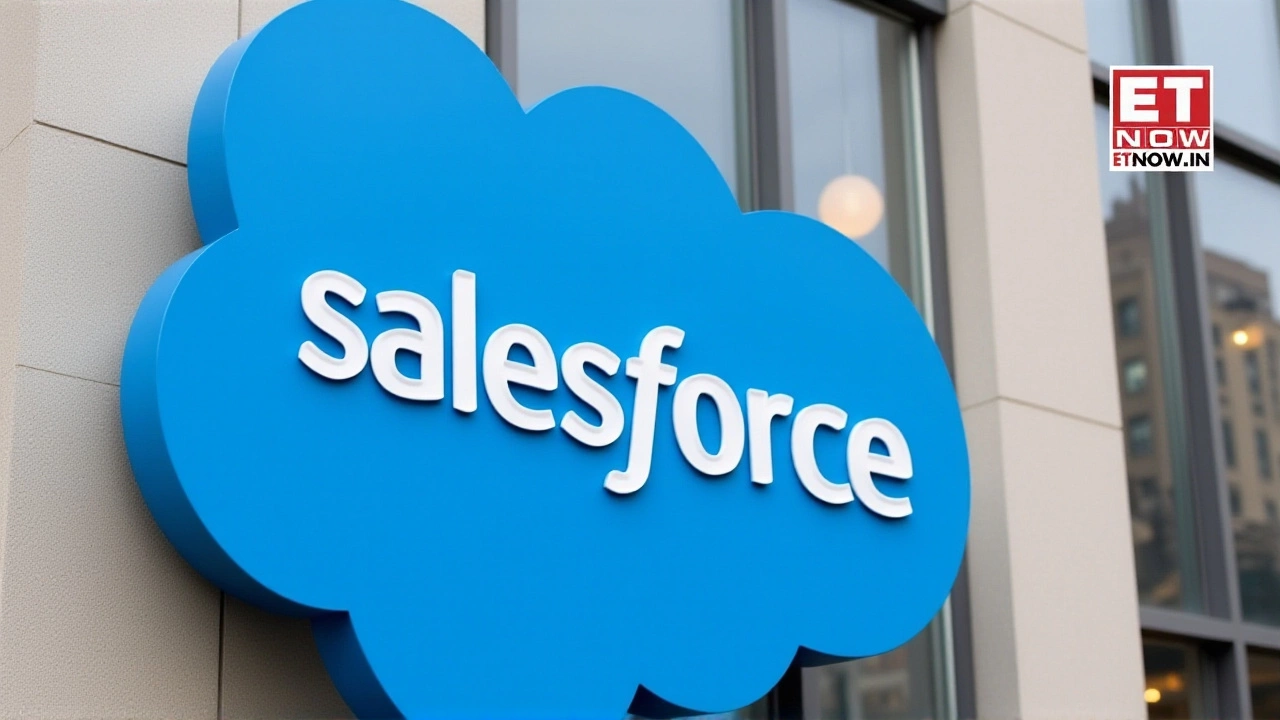Salesforce Cuts 1,000 Jobs to Fuel AI‑First Agentforce Hiring Surge
Salesforce cuts over 1,000 jobs in early 2025 to fund a hiring surge for its AI Agentforce platform, sparking debate ahead of Dreamforce.
Continue ReadingWhen working with Salesforce, a cloud‑based customer relationship management (CRM) platform that helps businesses manage sales, service, marketing, and more. Also known as CRM cloud, it enables teams to store customer data, automate workflows, and generate reports from any device. Apex, Salesforce’s proprietary programming language that lets developers create custom business logic works hand‑in‑hand with the platform, while Trailhead, the free, gamified learning hub for Salesforce users provides the skills needed to build and maintain those solutions. The whole ecosystem lives on Cloud Computing, delivering software services over the internet instead of on‑premise servers, which means you never worry about hardware upgrades. Together, these pieces form a powerful, scalable system that businesses of any size can adopt.
Salesforce isn’t just one product; it’s a suite of specialized clouds. Salesforce includes Sales Cloud, a set of tools for lead management, opportunity tracking, and forecasting, which lets sales teams see every deal stage at a glance. Service Cloud, provides case management, knowledge bases, and chat support to resolve customer issues quickly complements sales by keeping service agents informed. Marketing Cloud, focuses on email campaigns, social media, and customer journeys helps marketers deliver the right message at the right time. On top of these, Einstein AI, infuses artificial intelligence into predictions, recommendations, and analytics boosts decision‑making across the board. The platform’s modular nature means a company can start with Sales Cloud and add Service or Marketing Cloud later, scaling as needs evolve.
Putting the pieces together, businesses typically follow a three‑step playbook: first, configure standard objects and fields to match their processes; second, extend functionality with Apex code or Flow automations; third, train users via Trailhead modules and earn badges that prove competence. Integration is another pillar—Salesforce can sync with ERP systems, e‑commerce sites, and third‑party apps through pre‑built connectors or custom APIs. Admins control who sees what using role hierarchies and permission sets, ensuring data security while promoting collaboration. Whether you’re a startup looking for a quick CRM rollout or an enterprise needing deep custom logic, the platform offers low‑code tools like Flow for rapid builds and full‑code options via Apex for complex scenarios. Below, you’ll find a curated mix of news, how‑tos, and real‑world examples that showcase how these capabilities play out in practice.

Salesforce cuts over 1,000 jobs in early 2025 to fund a hiring surge for its AI Agentforce platform, sparking debate ahead of Dreamforce.
Continue Reading